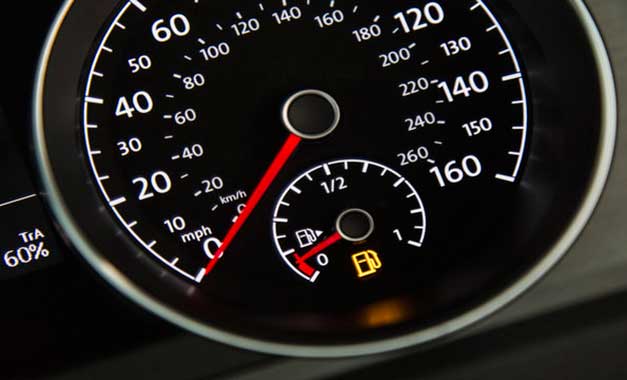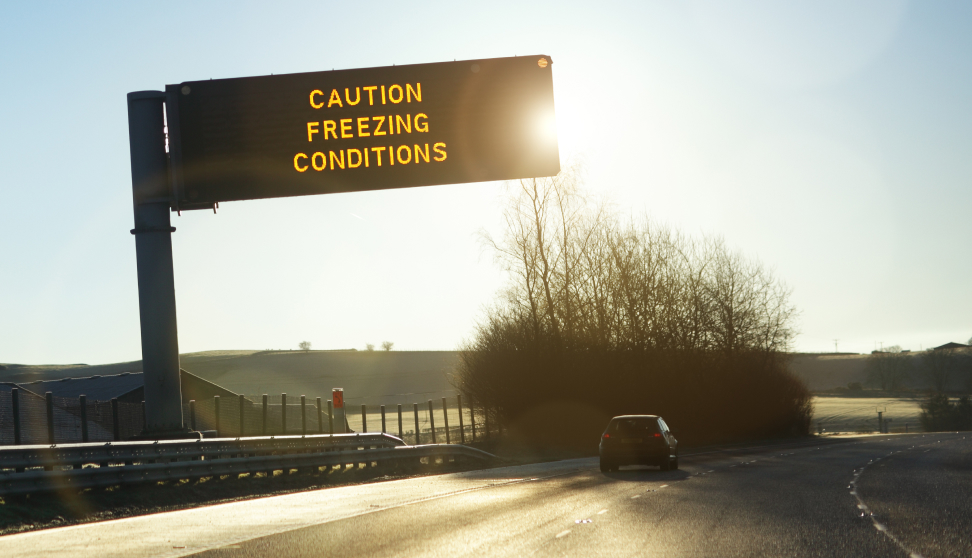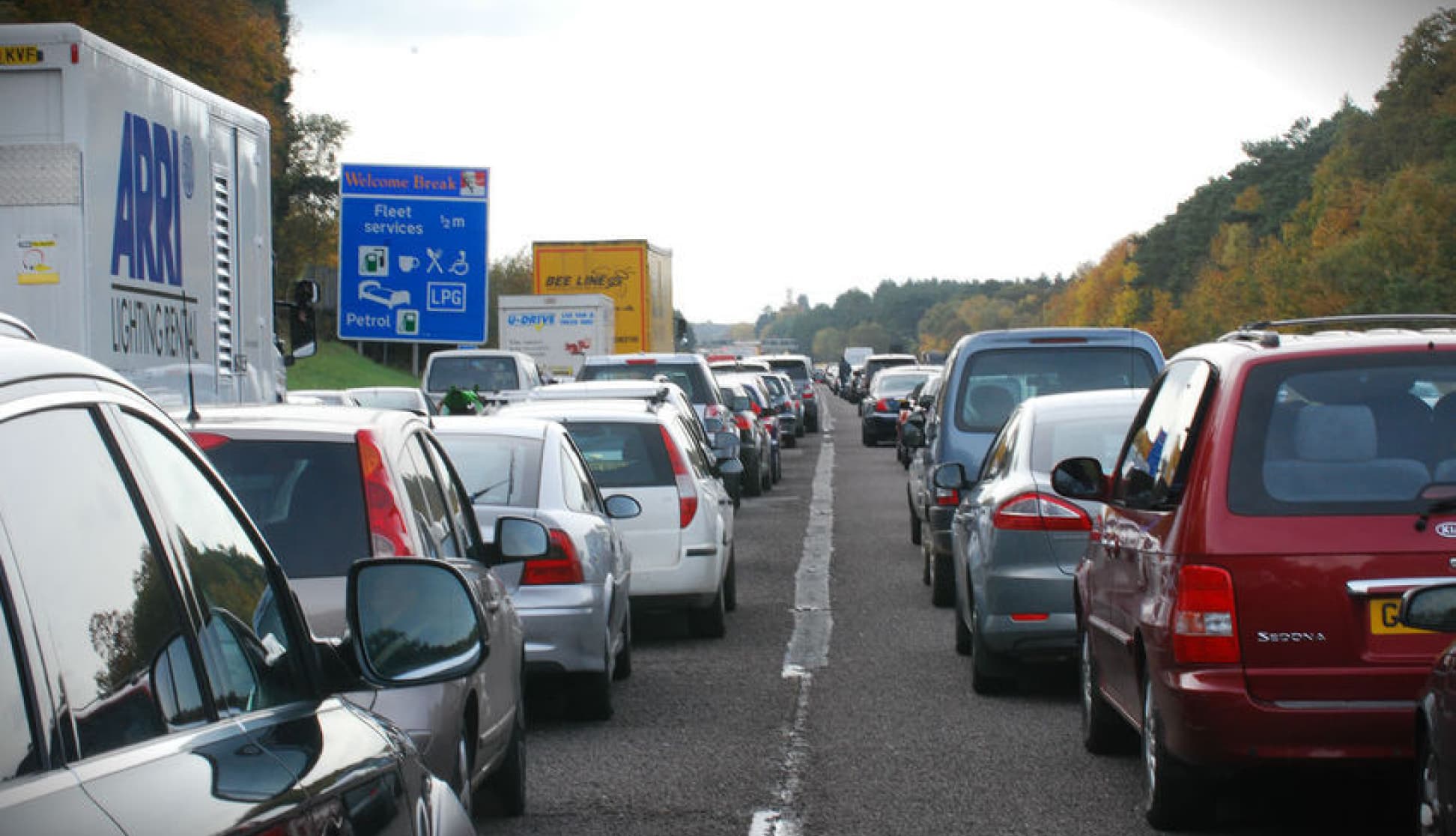Keeping a mileage log is often a time-consuming and complicated task, but there are many benefits to doing it. In our experience, companies can trim 10-15% off their business miles by using mileage capture tools, resulting in reduced CO2 emissions and fuel costs.
With the introduction of on-board equipment and web-based systems that can measure your employees every mile, it’s now easier to keep track of usage than ever before.
So what’s the best way to record this important information? Let’s take a look at the choices.
Online systems
One of the most popular and cost-effective ways to capture mileage is online. There are many applications on the web that will help employees do this, including ACVM’s comprehensive tool. Most systems allow the driver to enter a location and automatically calculate the distance travelled, allowing for waypoints to be added as well as additional drivers. Using this method gives fleet managers access to accurate and reliable vehicle usage details anytime.
Telematics
Telematics is another trusted way for company car drivers to document their mileage. A small device is installed in the car, and typically drivers are asked to confirm if the journey is for personal or business use. The device doesn’t record a journey’s purpose but does track the distance travelled. Telematics is one of the more expensive mileage capture options and is used more commonly by van fleets.
Smartphone apps
With technology becoming an enticing way for many companies to record vehicle usage, smartphone apps have increased in popularity amongst fleet managers. These accurately record mileage by using GPS to pinpoint where a journey starts and ends. The use of apps gives accurate reporting and can help reduce mileage claims and administration, however it does mean that staff have to have a GPS-enabled device which can add to company costs.
Fuel cards
Fuel cards are another mileage method that has been widely adopted by fleet managers. Employees use the card to make payment for both personal and business journey fuel; they then provide the fuel card supplier with mileage information. This allows for the cost of fuel used from personal journeys to be deducted from wages, and keeps track of vehicle usage and mileage.
Logbook
Of course, there are traditional, no-frills ways of recording mileage. Logbooks are still used by companies, and are convenient for staff who are mainly on the road and don’t have access to computers or smartphone apps. It is also a cheap way to keep track of miles, but logbooks do have their disadvantages, and have been criticised for being inaccurate. They can also easily go missing and information is not saved elsewhere or backed-up.
HM Revenue & Customs inspections
HM Revenue & Customs aim to visit employers every six years to carry out a robust inspection. They want to ensure mileage expense claims made by staff who use their own cars for business purposes, are valid. It is essential records are accurate, as large fines can be issued if not. Mileage capture tools will help maintain up-to-date records, giving reassurance should HMRC decide to visit your business.
Summary
The way that a company chooses to record mileage really depends on a number of factors. Modern systems are effective, but they aren’t for everyone. Whatever mileage capture scheme you choose to manage your fleet mileage, it has to fit with the business and suit the staff. It also has to be cost effective and within your budget.
Arnold Clark Vehicle Management offers online Journeys and a fuel card option. For more information contact our team on 0141 332 2626.



